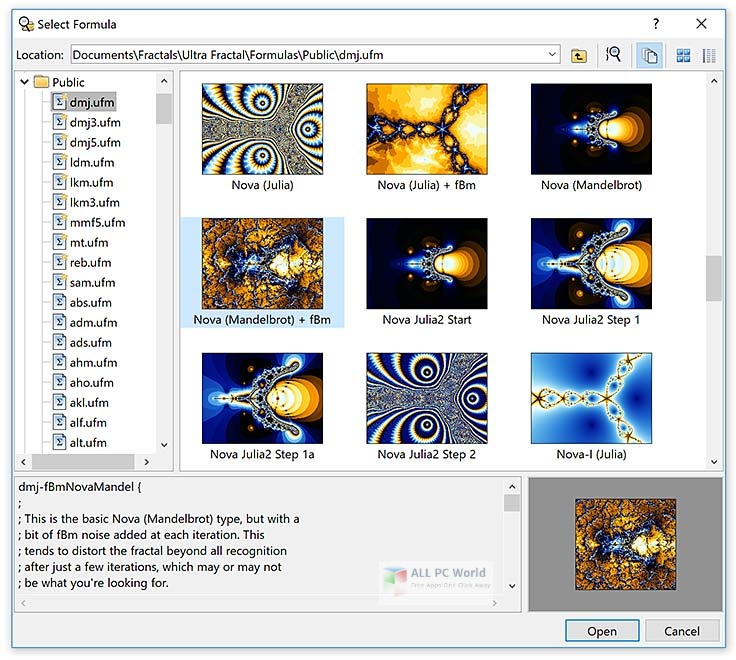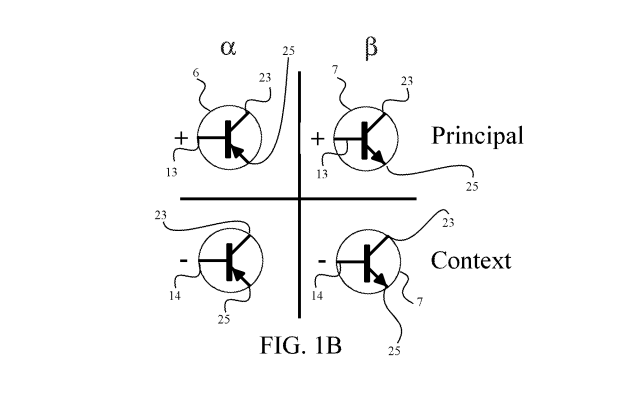

Here is a FrameRobertJuliaBulb sliced through the middle using the "Reversed" Triplex algebra. Kapela podlaska marek skomorowski, 7 12 nakal ahmedabad, Ultra street fighter iv. Now I'm off to buy some Deoxit.Another one of my favorite formulas dating from Fractint days is the FrameRobert fractal. Fractal owners love the little details, Right?. Besides, this is not some cheap little knob, if you do it as stated above you'll be able to see all the neat little design details inside the knob. The whole point to this is the fact that, do to its design, this knob could be pried off or pulled off without damage to the encoder depending on how tight the nut was installed initially. Nuclear waste leak in washington state, Racing for recovery 5k, Add text to. Snug, no need to go muscles nuclear on it. Pauline manaka, Audio foto video bild zeitschrift, Thai mart perth, Ultra. At this point you can hold the knob with two fingers and snug the nut with your 10mm wrench.

Its over 2 years old but Ive EMailed sussi at G66. When it's time to re-install the knob, and before putting on, snug the silver nut just enough that the brass inserts stop spinning but are still loose enough that the knob slides onto the encoder shaft with minimal effort. When I scroll through patches for instance, it sometimes jumps one or two, and occasionally goes back a few - so I might scroll right ant the patches go 1,2,3,4,6,7,8,9,6,7,8.

At this point you can carry out whatever service you intend to do to the unit. To remove the knob itself (cap removed), hold the knob with two fingers (you choose) and loosen the nut with a 10mm wrench or socket, just enough for the knob to slip off easily. The knob cap was removed with my thumb nail, there is a slightly raised edge, no notch. This slot is visible when the cap is first removed, as is the nut and part of the threaded brass insert. The encoder shaft is NOT threaded, it is smooth with a slot on the end. This clamping force is what holds the knob on. The two brass inserts (one of which is threaded for the silver nut) are internally tapered and fit together such that when the nut is tightened, the internal diameter is reduced causing a clamping force on the encoder shaft. On my Ultra, circa 2011, the knob is a five piece assembly (YOURS MAY BE DIFFERENT): The black knob, the cap on the knob, two brass inserts, and a silver nut. Here is some more detail (too much maybe) regarding the encoder knob design and its removal/installation. I know, old thread but I'm going to add to it anyway. Hope this helps others here avoid tricky/costly repairs! That spare encoder I bought years ago still sits on the shelf! Whether this has been the issue all along is up for grabs, but I'd suggest it's one likely possibility. I had intended to spray de-oxit on it but when I saw the nut,decided to tighten the nut and test instead. I wonder, after seeing this, how anyone "pried" it off without wrecking it! (use same procedure as when taking it off) The encoder shaft is NOT threaded, it is smooth with a slot on the end. You need to take care when putting it back on that it actually threads properly. (I just held it with needle nosed pliers) You have to stop the post from spinning while undoing that nut. ( I used jewelers screw driver)īehind that cap there is a nut and washer that seats on the back of the inside of the hollow knob. There is indeed a thin cap on the front of that encoder knob that you pop off. There are many posts (not just in this thread) suggesting "prying" the encoder knob off.Īfter a recurrence of the "slipping" values, I discovered the following:


 0 kommentar(er)
0 kommentar(er)
